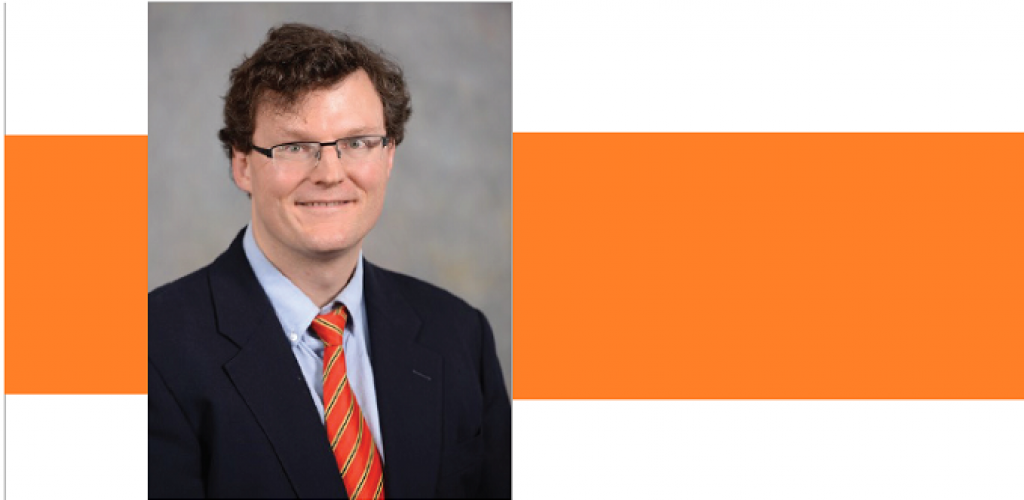
When Forward Momentum is Moving Backwards by Kelsey Lovell
While STS has been using momentum to move forward, Michael McNeil Forbes '94 has created a different kind of momentum in the scientific community - a negative-mass fluid, where forward momentum can mean moving backwards.
To explain this results, Michael suggests imagining throwing a baseball. According to Newton's second law F=ma, the ball should get faster; accelerating away from you. But if the mass of the ball were somehow made to be negative, then the ball would accelerate in the wrong direction, slowing down as you try to throw it. This counter-intuitive behaviour is exactly what Michael and his collaborators have seen when they subject rubidium atoms to a particular set of lasers. By cooling the particles down to one of the coldest temperatures in the known universe, the particles start behaving as waves. "Then you get a fluid with really cool properties called a superfluid that flows without friction. If you stir it, it can continue rotating forever," said Michael. By adding an additional set of lasers to this superfluid, they get it to behave as if it has negative mass.
Practical applications of this type of research are far-reaching from cleaner and safer nuclear energy, improved quantum technologies such as high precision atomic clocks, to simulating the early universe and neutron stars.
Michael, an STS alumnus, is a professor at Washington State University in the department of Physics and Astronomy, and an affiliate professor at the University of Washington. He completed his undergraduate and master's degree at the University of British Columia and went on to complete his PhD at the Massachusetts Institute of Technology (MIT) in the Centre for Theoretical Physics where he studied with Nobel Laureate Frank Wilczek.
Having attended STS for Grades 1 to 12, Michael recalls being interested in astronomy in Mrs. Owens Grade 3 class, but gravitated towards physics which was more fundamental and less about classification. Michael did consider briefly becoming a pianist but stuck with science. "I figured it was easier to support a piano habit as a physicist than to support a physics habit as a pianist," Michael joked.
During his time at STS, Michael had the opportunity to explore his interest in science by participating in the Physics Olympiad, representing Canada at the Beijing International Olympiad in Grade 12. He was also able to round out his education with the Outdoor Education (OE) program, athletics, and playing piano in school musicals.
"STS made sure I had a broad education, and because of this, I am able to see different aspects of things," said Michael, who admits that he would have probably have excelled in science anywehre, but that the breadth of programs at STS helped bring him to where he is today.
"As a scientist, you have to be able to communicate effectively, but they don't teach you that in a science program. STS taught me that."